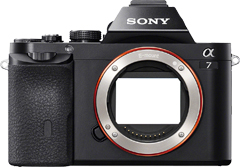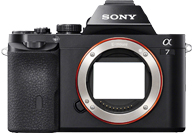
Add to compare

Sony A7
COMPARISON SELECTION (3 selected items max.)
VIEW COMPARISON
ADD MORE
Scores

90
sensor








